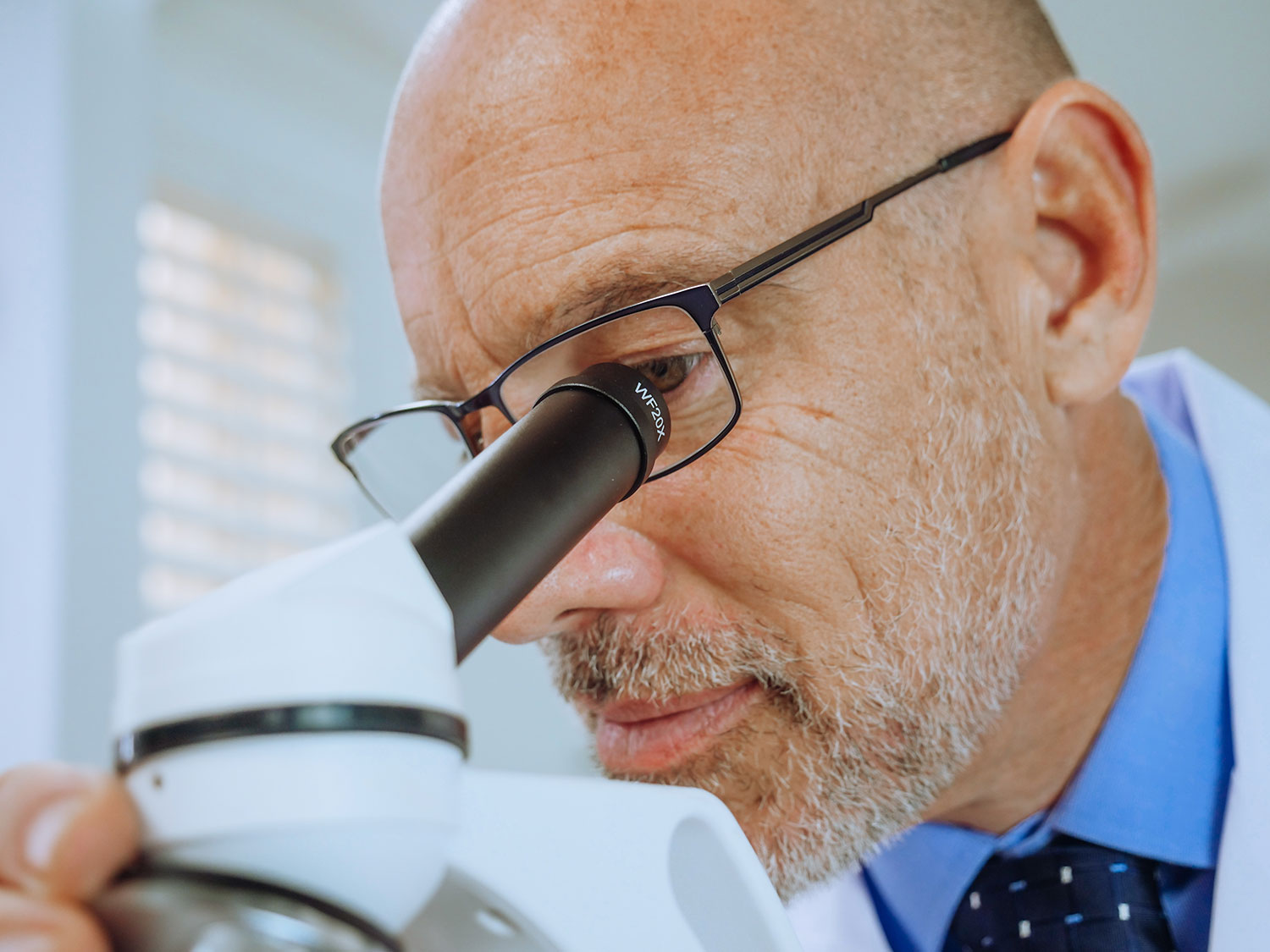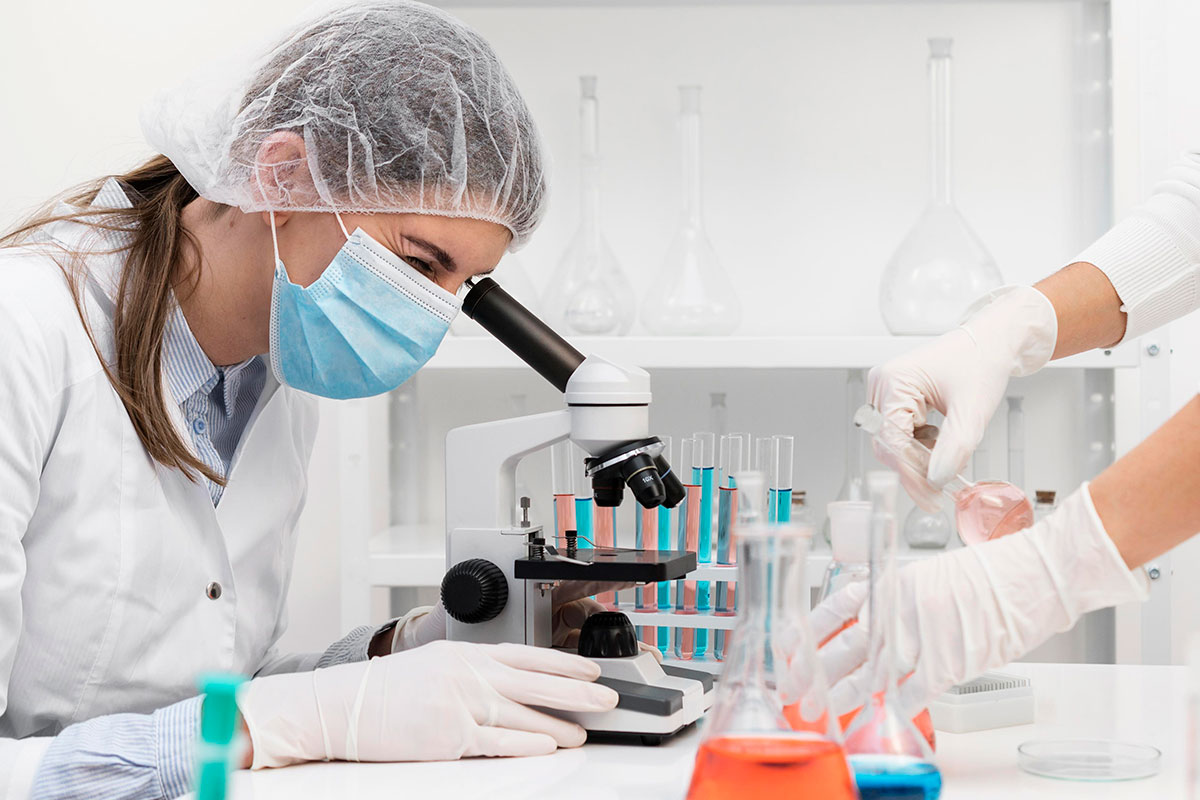Measure your HGH and testosterone levels with the help of hormone testing to make sure you’ve got a deficiency or excess that should be treated.
What is the HGH test?
Growth hormone (GH) is secreted in a pulsatile manner and is cleared rapidly, resulting in dramatic fluctuations in GH levels. For this reason, random GH levels are generally not useful in establishing GH deficiency. A number of physiologic and pharmacologic stimuli can be used to provoke GH release.
Several growth hormone stimulation protocols are described below. These tests are best performed in the morning after an overnight fast. Patients should be confirmed as euthyroid before these protocols are initiated.
GH Stimulation in Adults
The insulin-induced hypoglycemia test is considered to be the test of choice for diagnosing GH deficiency in adults. Since this test involves some risk to the patient (see note below), the GHRH + arginine test has been proposed as an equally sensitive alternative. Most normal adults will produce a GH concentration >5 ng/mL after either of these stimulation protocols. Severe GH deficiency has been defined as the inability to produce GH levels >3 ng/mL during these tests.
Arginine Stimulation Protocol
Arginine hydrochloride, 0.5 g/kg body weight, is infused IV over 30 minutes. Exercise (10 to 15 minutes) may be added to potentiate the response. Collect GH samples at baseline, 30, 60, 90, and 120 minutes.
Note: Arginine should be administered with caution in patients with liver or renal disease. The patient can walk around during the test.
Clonidine Stimulation Protocol
Clonidine is administered at a dose of 0.15 mg/m2. Collect GH samples at baseline, 30, 60, 90, and 120 minutes.
Note: Patients can complain of tiredness and postural hypotension can occur.
Exercise Stimulation Protocol
The subject is asked to exercise vigorously for 20 minutes (ie, calisthenics or running up and down stairs). Collect a sample for GH immediately after the exercise.
Growth Hormone Releasing Hormone (GHRH) Stimulation Protocol
GHRH at 1.0 μg/kg body weight is administered by IV bolus. Collect GH samples at baseline, 15, 30, 45, 60, 90, and 120 minutes.

Note: Estrogen priming does not enhance GH response to GHRH. Patients may experience flushing and may describe a metallic taste in their mouth.
Insulin-induced Hypoglycemia Protocol
The patient should remain recumbent for 30 minutes prior to the initiation and during the test. Regular insulin, 0.10 unit/kg body weight, is administered by IV injection. Collect samples at baseline, 30, 60, and 90 minutes for glucose, GH, and cortisol determination. Glucose levels should be followed using bedside glucose monitoring.
Adequate pituitary stimulation is evident when the patient becomes symptomatic (sweating or tremor), and/or when the glucose level drops below 45 mg/dL within 30 minutes.
Additional insulin can be administered at 30 minutes if these criteria are not met. In this case, an additional (120-minute) sample should be collected. Cortisol levels at a peak >20 μg/dL suggest that the HPA axis is intact. GH and ACTH levels reflect hypothalamic and pituitary functionality respectively.
Note: This test is not without risk and a physician should be present; IV glucose should be available in case of severe hypoglycemia. The test should not be performed in patients with a seizure disorder or cardiovascular disease.
Levodopa Stimulation Protocol
Levodopa should be administered orally at a dose of 10 mg/kg in children or 500 mg in adults. Collect GH samples at 30, 60, 90, and 120 minutes.
Note: Patients may be given water throughout the test but should remain recumbent. Nausea and vomiting may occur.
What is a testosterone test?
It checks the level of testosterone in your blood. A doctor uses it to diagnose conditions caused by too much or too little testosterone. That’s a hormone produced in a man’s testes.
During puberty, testosterone builds a man’s muscles, deepens his voice, puts hair on his chest, and makes his penis grow. Throughout a man’s life, the hormone also helps produce sperm and keep up his sex drive.
Women make testosterone too but in smaller amounts. They produce it in their ovaries. It helps maintain hormone balance and regulates other body functions.
What does the testosterone test measure?
Testosterone travels through your blood in two ways:
- Attached to the proteins albumin and sex hormone-binding globulin (SHBG)
- Free — not attached to any proteins
Usually, you’ll get a total testosterone test as a screening test. This measures both free and attached testosterone. To diagnose certain conditions, doctors sometimes look only at free testosterone levels.
In males, the testosterone test can help find the reason for sexual problems, like reduced sex drive or erectile dysfunction. If you’re having a hard time getting your partner pregnant, the test can tell if your blood testosterone level is low. A low testosterone level can also mean a problem with the hypothalamus or pituitary gland, which controls how much testosterone your body makes.
In females, this test can find the reason you’re missing periods, not having periods, having difficulty getting pregnant, or experiencing male patterns of hair growth such as on your chest or face. Doctors can also use it to diagnose polycystic ovary syndrome (PCOS), which causes elevated testosterone. That’s a hormone problem that can cause irregular periods and make it hard to get pregnant. Testosterone testing is part of the work-up of certain adrenal tumors.
Why would I get this test?
Your doctor might order it if you have symptoms of low or high testosterone.
Symptoms of low testosterone in men include:
- Fatigue, depression, or trouble concentrating
- Hair loss
- Loss of muscle mass
- Low sex drive
- Swollen breasts
- Trouble getting or keeping an erection
- Weak bones — called osteoporosis
Some things that cause low testosterone can also cause a low sperm count. If your sperm count is low, a doctor might order this test.

In women, they include:
- Fertility problems
- Low sex drive
- Skipped or no menstrual periods
- Vaginal dryness
- Weakened bones — osteoporosis
Signs of high testosterone in women include:
- Acne and oily skin
- Darkened areas of skin
- Deep voice
- Enlarged clitoris
- Excess hair on the face or body
- Hair loss on the head (baldness)
- Skipped or no periods
What will a doctor order to see if a man has got low T?
Your doctor may order these blood tests:
- Total testosterone level. This test should be done at two different times on samples taken before noon. Testosterone levels are lower later in the day. If you are ill, the doctor will wait until you are not sick because your illness may cause a false result.
- Luteinizing hormone (LH). This test is done to help find the cause of a Low-T level. This hormone controls how you make testosterone. Abnormal levels may mean a pituitary gland problem.
- Blood prolactin level. If your prolactin level is high, your doctor may repeat the blood test to make sure there is no error. High prolactin levels also may be a sign of pituitary problems or tumors.
- Blood hemoglobin or Hgb. Before doing this test, your doctor will look for other reasons for low Hgb such as climate level (like climate altitude), sleep apnea, or tobacco smoking.
The following also may be done to help with further diagnosis:
- Follicle-stimulating hormone (FSH). This test is to check for sperm-making function if you want to have children. You may also need to have semen tests. These tests will be done before any hormone therapy.
- Estradiol hormone test is done if there are breast symptoms.
- HbA1C blood test may be done for diabetes.
- MRI ( magnetic resonance imaging) of the pituitary gland
- Bone density tests.
- Karyotype (Chromosome tests).
You may hear about free testosterone or bioavailable tests for testosterone. These are not the same as total testosterone level tests. Ask a doctor about the differences and if you need these tests.
